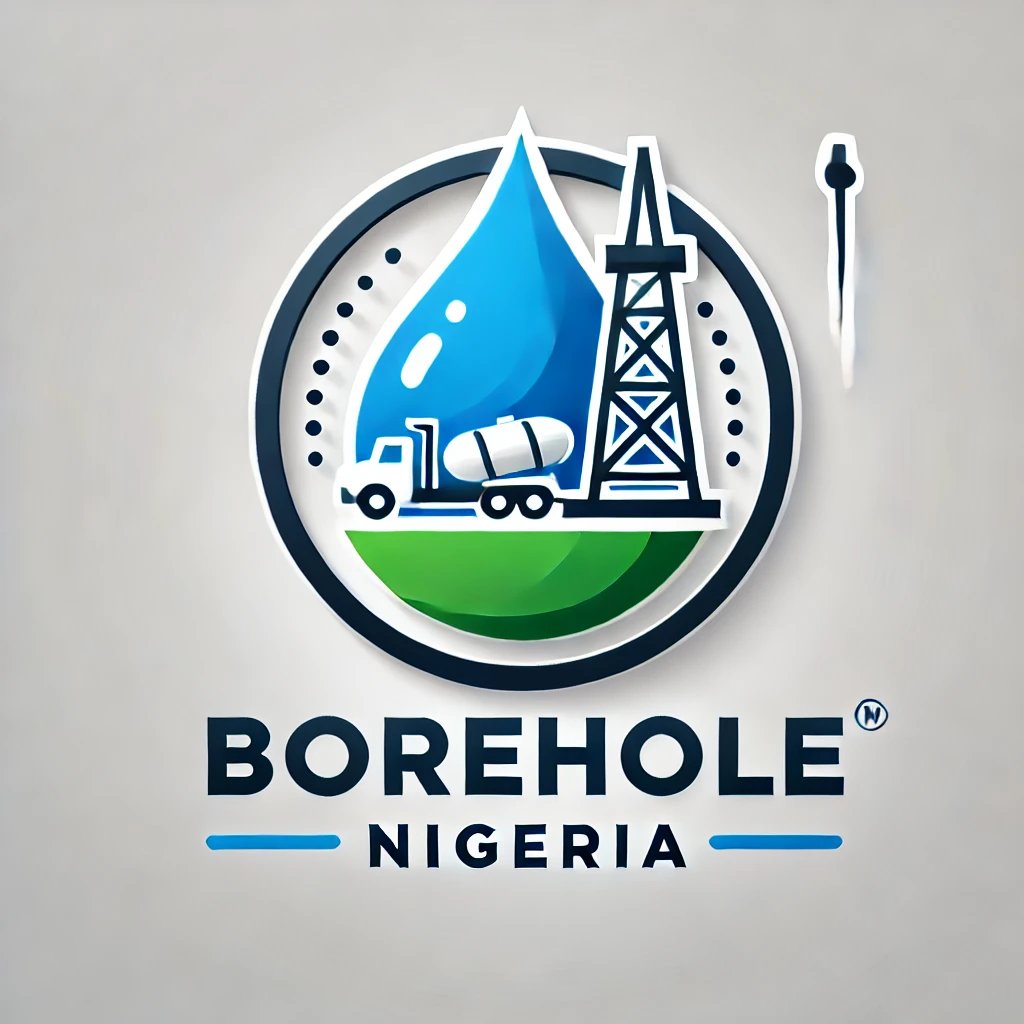In Uganda, drilling a borehole is a valuable investment for reliable access to clean water, especially in areas where municipal water supply is inadequate or nonexistent. However, the cost of drilling a borehole can vary widely based on several factors, including location, depth, geological conditions, and the type of equipment used. Here’s a comprehensive guide to understanding the costs involved in drilling a borehole in Uganda.
1. Site Assessment and Hydrogeological Survey
Before drilling begins, a hydrogeological survey is necessary to determine the most suitable location for drilling and to estimate the depth required to reach a sustainable water source. This survey helps avoid drilling dry boreholes, which can lead to wasted resources and additional costs.
- Cost Estimate: In Uganda, a hydrogeological survey usually costs between UGX 1,000,000 to UGX 3,000,000 (approximately USD 270 to USD 800), depending on the size of the area and the complexity of the geological conditions.
2. Drilling Costs
Drilling is the most substantial cost factor when it comes to borehole installation. Several factors affect drilling costs:
- Depth of the Borehole: Boreholes in Uganda typically range from 30 to 100 meters deep, depending on the location and underground water table. Deeper boreholes are more expensive to drill.
- Geological Conditions: Drilling through soft soils or sand is cheaper compared to rocky terrains, which require more robust and expensive drilling equipment.
- Cost Estimate: The cost of drilling ranges from UGX 100,000 to UGX 250,000 per meter (approximately USD 27 to USD 68 per meter). Therefore, for a 50-meter borehole, you might pay between UGX 5,000,000 and UGX 12,500,000 (about USD 1,350 to USD 3,400). For a 100-meter borehole, the cost could range from UGX 10,000,000 to UGX 25,000,000 (about USD 2,700 to USD 6,800).
3. Borehole Casing and Lining
After drilling, the borehole must be lined with casing to prevent the walls from collapsing and to protect the water from contamination. The type of casing material (usually PVC or steel) and the borehole depth determine the cost.
- Cost Estimate: Borehole casing can cost between UGX 30,000 to UGX 100,000 per meter (approximately USD 8 to USD 27 per meter). For a 50-meter borehole, this translates to an additional cost of UGX 1,500,000 to UGX 5,000,000 (around USD 400 to USD 1,350).
4. Water Yield Testing and Quality Analysis
Once drilling and casing are complete, water yield testing is essential to determine the flow rate and sustainability of the water source. Additionally, a water quality analysis ensures that the water is safe for human consumption or other uses.
- Cost Estimate: The cost of water yield testing and quality analysis ranges from UGX 500,000 to UGX 1,500,000 (approximately USD 135 to USD 400).
5. Pump Installation
A pump is required to draw water from the borehole, and the type of pump needed (submersible or surface) depends on the depth and yield capacity of the borehole. Submersible pumps are more common for deeper boreholes, while surface pumps may suffice for shallower ones.
- Cost Estimate: The cost of installing a submersible pump, including the pump, piping, and fittings, ranges from UGX 2,000,000 to UGX 8,000,000 (approximately USD 540 to USD 2,160).
6. Electrical Connections and Plumbing
After the pump is installed, electrical connections and plumbing work are needed to connect the borehole to a water storage or distribution system. This involves trenching, laying pipes, and connecting to the water tank or other storage facilities.
- Cost Estimate: Electrical and plumbing installation costs range from UGX 1,000,000 to UGX 4,000,000 (approximately USD 270 to USD 1,080), depending on the distance and complexity of the installation.
7. Water Storage and Filtration Systems
To ensure a reliable water supply, especially in areas where water quality may vary, installing a water storage tank and filtration system is advisable. The tank size (from 1,000 to 10,000 liters) and the filtration system’s complexity will impact the cost.
- Cost Estimate: A water storage tank and filtration system can range from UGX 1,500,000 to UGX 5,000,000 (approximately USD 400 to USD 1,350).
8. Total Cost Estimate for Borehole Drilling in Uganda
Taking all these factors into account, the total cost of drilling and equipping a borehole in Uganda typically ranges from UGX 10,000,000 to UGX 40,000,000 (approximately USD 2,700 to USD 10,800). The final cost can vary significantly based on location, borehole depth, geological conditions, and the equipment or infrastructure required.
9. Additional Considerations
- Maintenance Costs: Regular maintenance is necessary to ensure the borehole remains functional and the water safe. This includes annual inspections, pump servicing, and occasional water testing. Maintenance costs can range from UGX 200,000 to UGX 1,000,000 (approximately USD 54 to USD 270) per year.
- Permits and Regulations: Borehole drilling in Uganda may require permits and adherence to local regulations. Consult with relevant local authorities to avoid legal issues or fines.
- Seasonal Variations: Drilling costs may fluctuate depending on the season. It is often cheaper to drill during the dry season when the water table is more stable.
Conclusion
Drilling a borehole in Uganda is a worthwhile investment that provides a sustainable water source for residential, agricultural, or commercial use. While the initial cost may seem high, the long-term benefits of having a reliable, independent water supply often outweigh the expenses. To ensure value for money, it’s crucial to get quotes from multiple drilling companies and ensure their pricing includes all necessary components to avoid hidden costs. This approach will help you plan better and achieve a successful borehole installation tailored to your needs.
